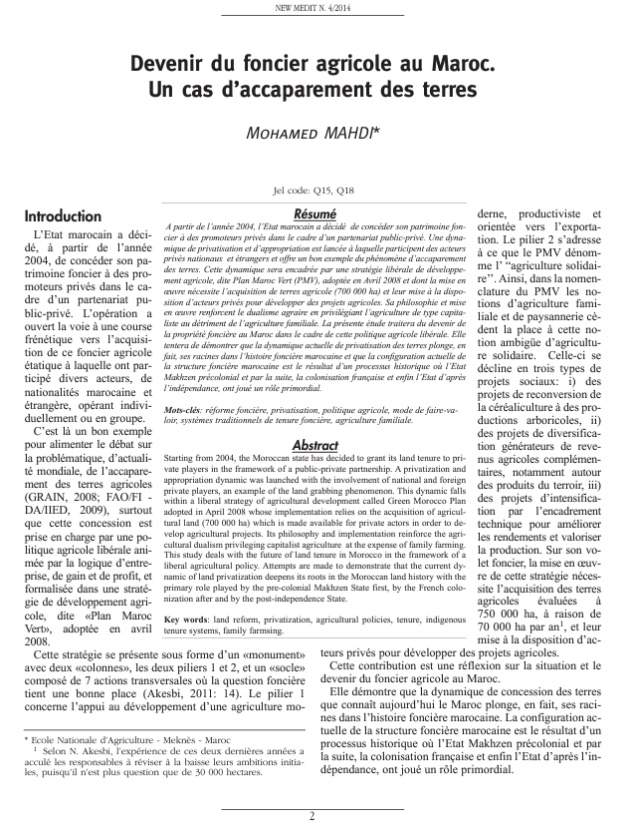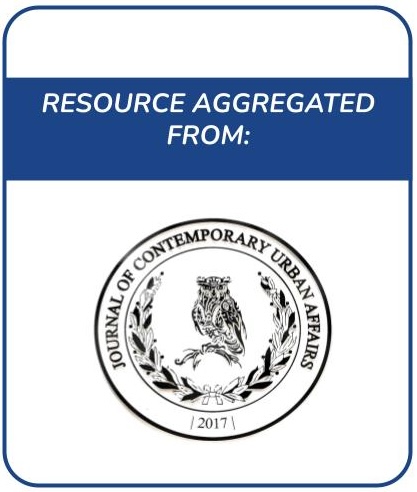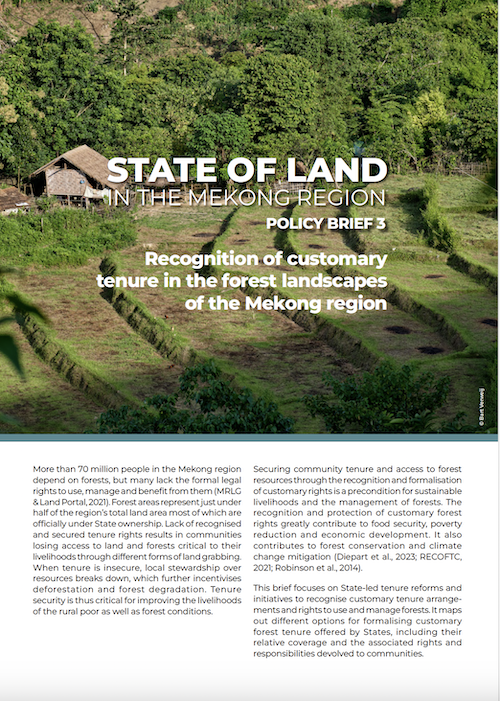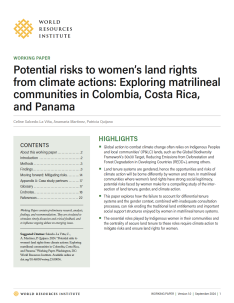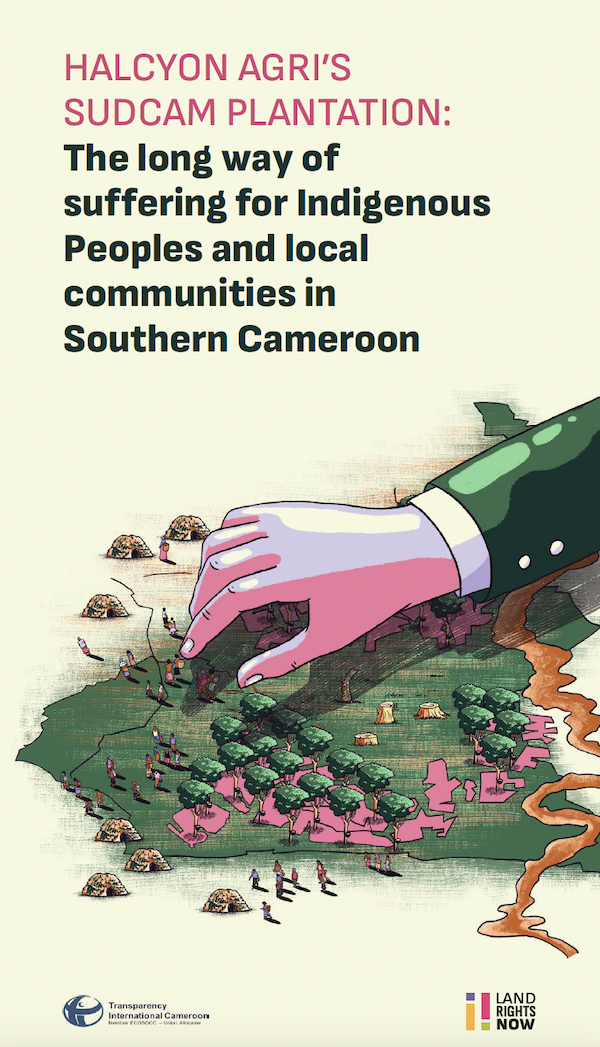Devenir du foncier agricole au Maroc. Un cas d’accaparement des terres
A partir de l’année 2004, l’Etat marocain a décidé de concéder son patrimoine foncier à des promoteurs privés dans le cadre d’un partenariat public-privé. Une dynamique de privatisation et d’appropriation est lancée à laquelle participent des acteurs privés nationaux et étrangers et offre un bon exemple du phénomène d’accaparement des terres.

